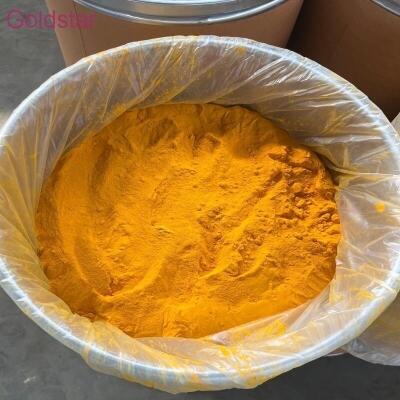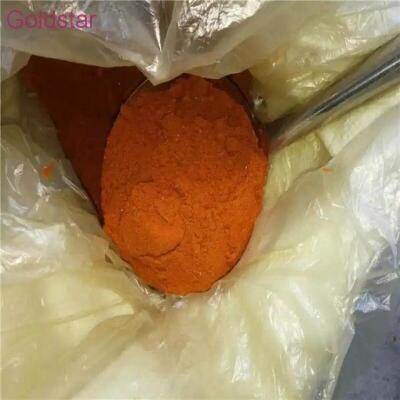-
Categories
-
Pharmaceutical Intermediates
-
Active Pharmaceutical Ingredients
-
Food Additives
- Industrial Coatings
- Agrochemicals
- Dyes and Pigments
- Surfactant
- Flavors and Fragrances
- Chemical Reagents
- Catalyst and Auxiliary
- Natural Products
- Inorganic Chemistry
-
Organic Chemistry
-
Biochemical Engineering
- Analytical Chemistry
-
Cosmetic Ingredient
- Water Treatment Chemical
-
Pharmaceutical Intermediates
Promotion
ECHEMI Mall
Wholesale
Weekly Price
Exhibition
News
-
Trade Service
The production of T-butylferrocene is an important process in the chemical industry, as this organometallic compound is widely used as a catalyst in various chemical reactions.
The production process of T-butylferrocene involves several steps, which can be broadly categorized into the following:
- Preparation of the starting materials: The production of T-butylferrocene involves the use of several starting materials, including ferrocene, t-butyl lithium, and a solvent such as benzene or toluene.
These starting materials are carefully prepared and purified before they are used in the production process. - Deprotonation of ferrocene: The ferrocene molecule is first deprotonated using a strong base such as sodium hydride or potassium hydride.
This reaction results in the formation of the ferrocene cation, which is a key intermediate in the production of T-butylferrocene. - Addition of t-butyl lithium: The ferrocene cation is then reacted with t-butyl lithium, which is a strong base.
This reaction results in the formation of a new intermediate, which is a complex of ferrocene and t-butyl lithium. - Addition of the solvent: The complex from the previous step is then dissolved in a solvent, such as benzene or toluene.
This reaction allows for the separation of the organometallic complex from the starting materials, and it also serves to increase the solubility of the complex in the solvent. - Catalytic hydrogenation: The next step in the production of T-butylferrocene is the addition of hydrogen to the complex in the presence of a catalyst, such as palladium on barium sulfate.
This reaction results in the reduction of the complex, which leads to the formation of T-butylferrocene. - Purification and isolation: The final step in the production of T-butylferrocene is the purification and isolation of the product.
This is typically done by dissolving the T-butylferrocene in a solvent, such as ethyl ether, and then separating the organometallic compound from the solvent using techniques such as filtration, centrifugation, or crystallization.
Overall, the production process of T-butylferrocene involves several steps, which must be carefully controlled to ensure the purity and quality of the final product.
The production of T-butylferrocene is an important process in the chemical industry, as this organometallic compound is widely used as a catalyst in various chemical reactions, such as the polymerization of olefins and the hydrogenation of unsaturated compounds.
The ability of T-butylferrocene to coordinate to a variety of metals and its unique reactivity make it a valuable reagent in many organometallic reactions.







